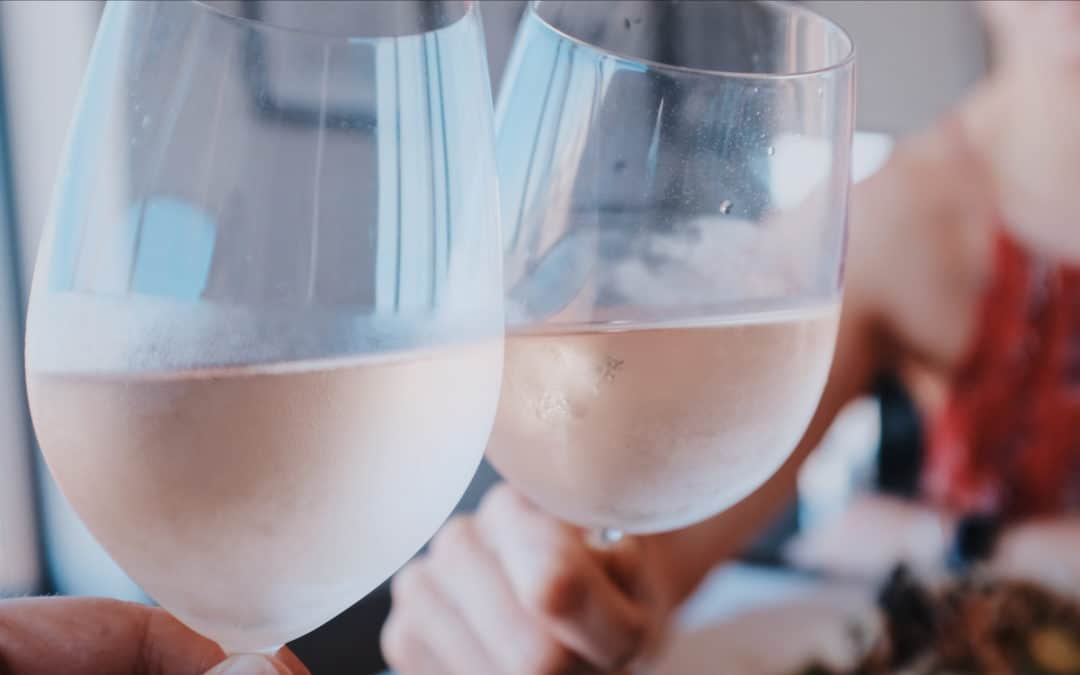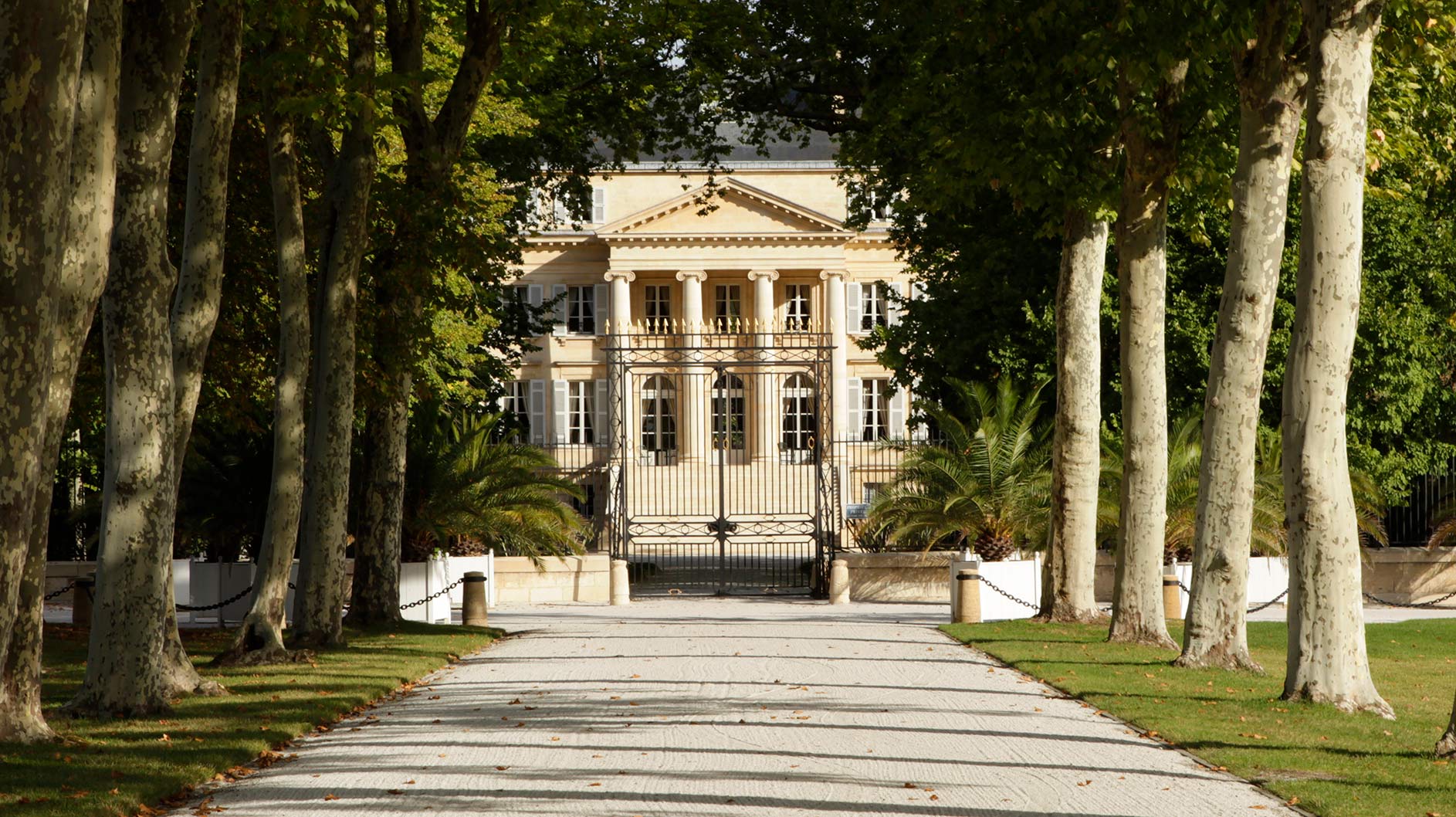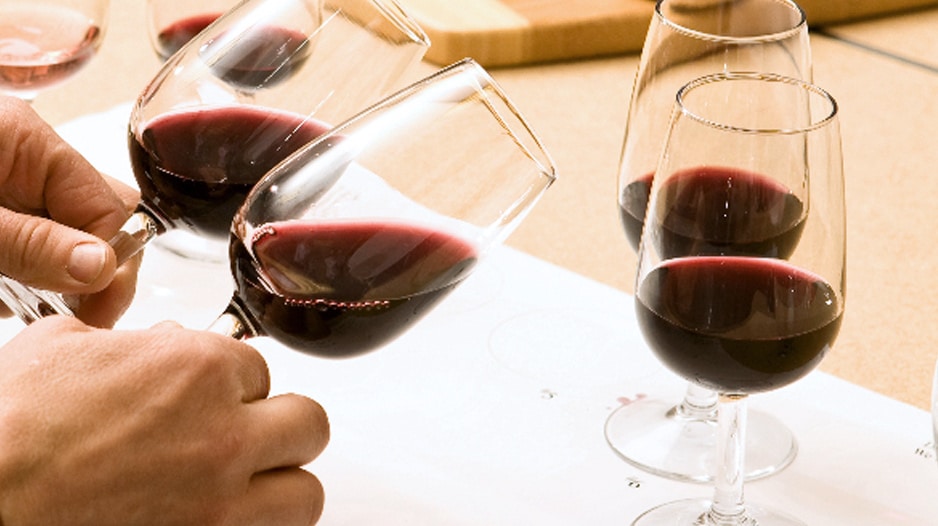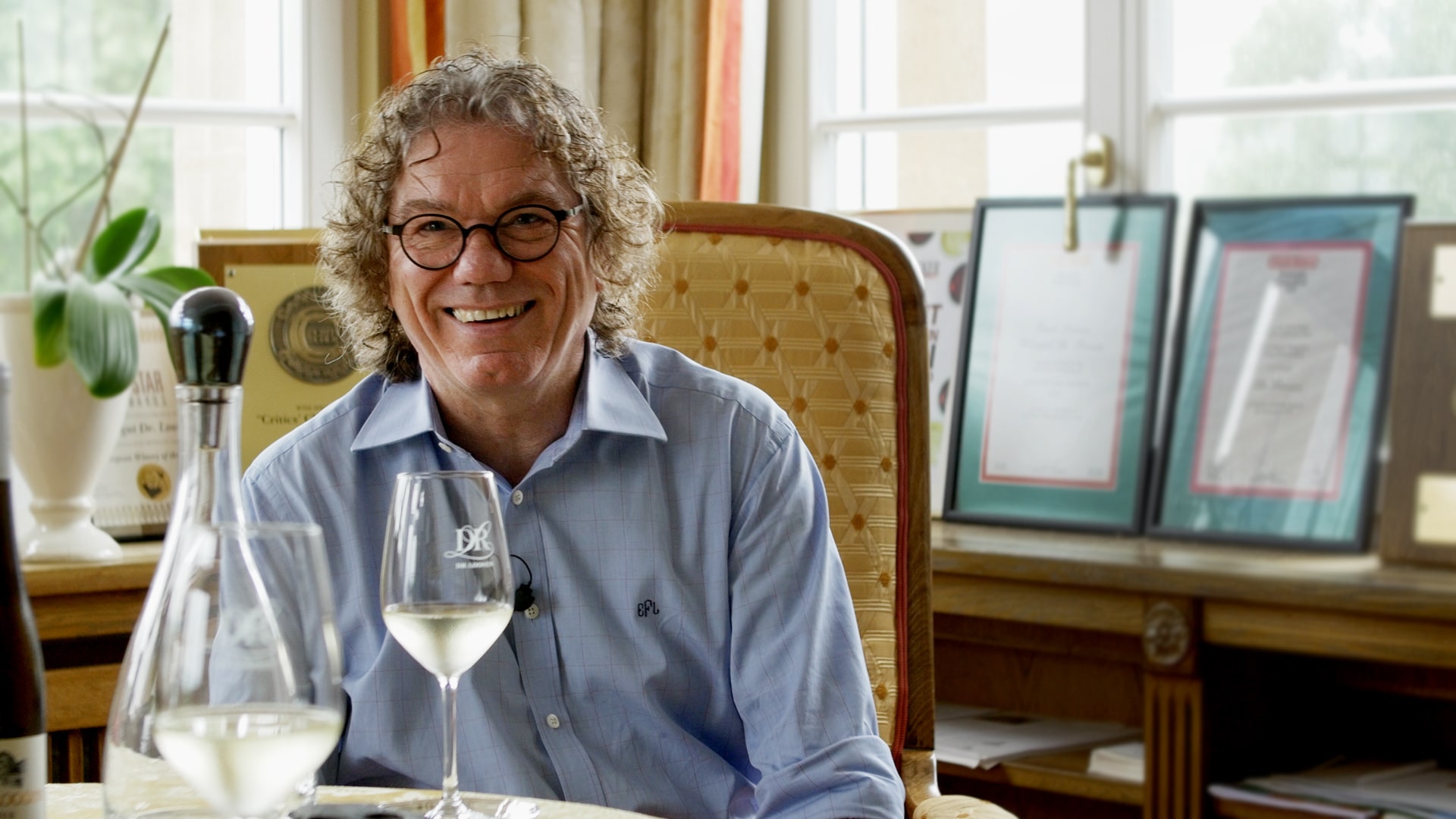The thirst for rosé is growing rapidly right across the world, and industry figures state that the boom is not yet over.
The image of rosé has had an incredible transformation in the past few years. From the sickeningly sweet styles consumed back in the 80s, we have evolved to the paler, drier, food-friendly rosés endorsed and produced by celebrities such Brad Pitt, Angelina Jolie, Drew Barrymore, and Jon Bon Jovi. Unless you have been living under a rock, you are probably aware of a top trending hashtag, #RoseAllDay. This is one of North America’s top catchphrases with rosé lovers sharing their love for the wine by posting pictures depicting their trendy, chic lifestyle. There is even a National Rosé Day, and that’s something no one would have even contemplated ten years ago.
So, why is it so popular? It is unpretentious, does not need aging, and is one of the most affordable categories of wine, with excellent options ranging from $15 to $30. Think of rosé like an intermediate style between a white and a red wine, which makes it naturally fun to pair with food, especially during summer, the al fresco dining season. Rosé is all about enjoying your company without overcomplicating matters. Just chill, sip, and smile.
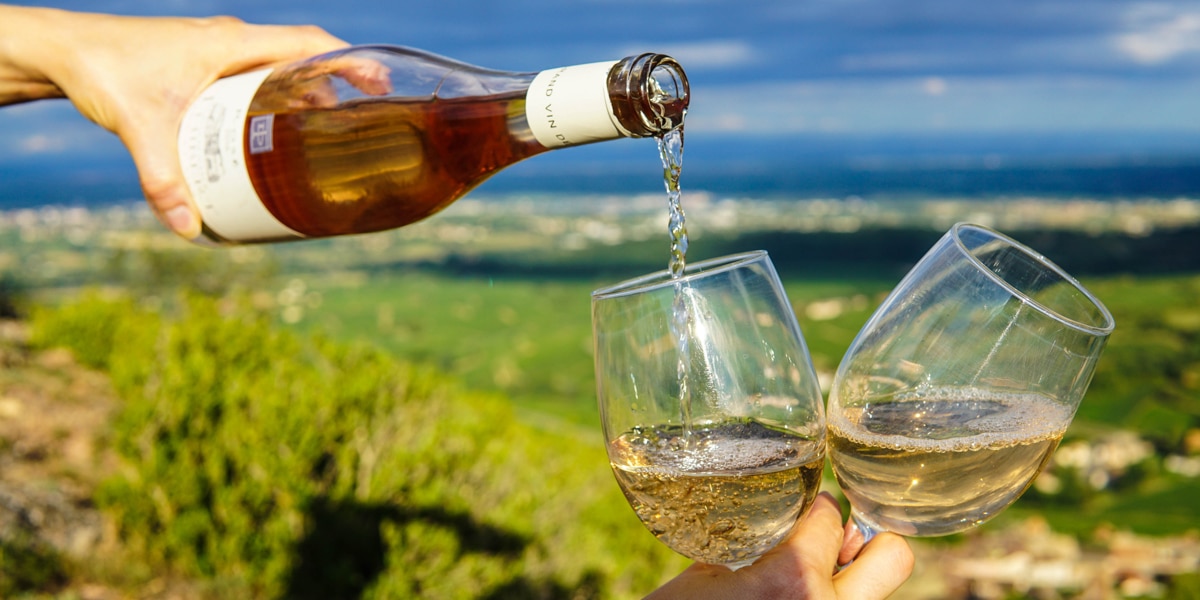
It is the myriad of different bottle shapes, creative labeling, and shades of pink that hits you when you start shopping for a rosé. However, there is no simple correlation between the colour of the wine and how it will taste. The winemaker decides the colour but the flavours are down to the variety(ies). As you can imagine, nearly any red wine grape can be used to make rosé. However, there are several grapes that are preferred. Grenache, Pinot Noir, Zinfandel, and Tempranillo are some of the most commonly used. The styles range from the delicate, subtle expressions found in the south of France, Italy, and Spain to bolder versions from the likes of California and South America. In the glass, expect flavours of red fruit, flowers, citrus, and melon with bright, refreshing acidity.
Regarding food pairings, it is always a good starting point to look at the regions that have a tradition and history for making such wines and see what is typically paired. The Spanish-based Garnacha rosés from Rioja and Navarra are typically medium-bodied and work well with Serrano and Iberico hams and Manchego cheese. Try it, too, with seafood paella and grilled chicken. Lighter styles of rosé from Provence work particularly well with light salads, poached salmon, shellfish, and simple grilled fish. One of my most memorable dining experiences while visiting Provence was a classic Salad Niçoise with fresh tuna served with a chilled rosé from the area.
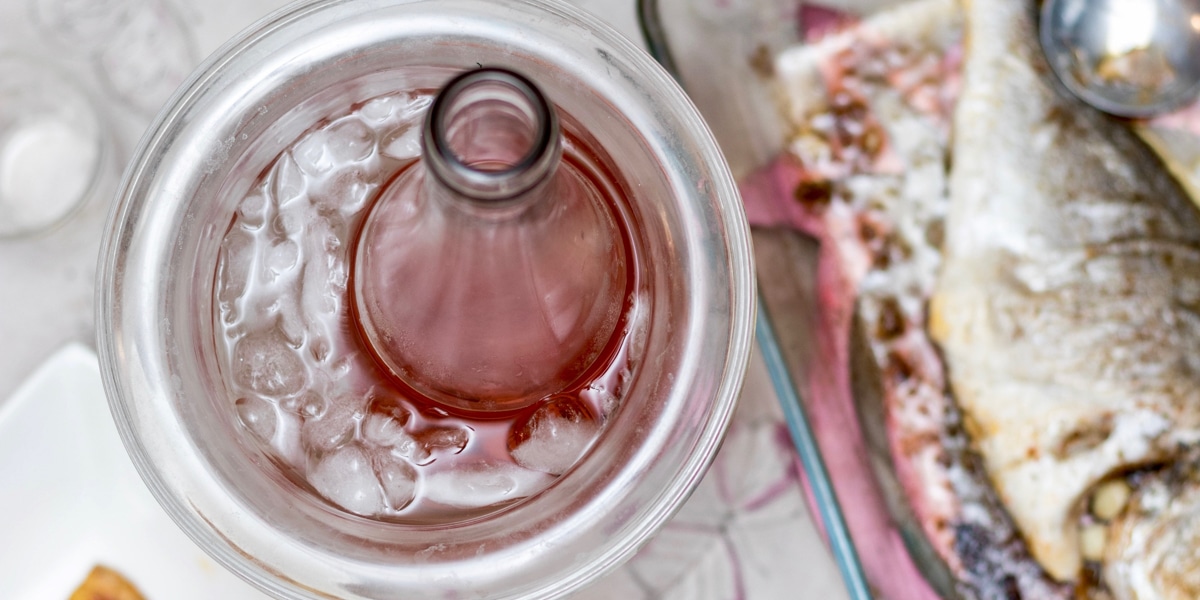
Not all rosés are light in body. Fuller-bodied rosés to look out for include Tavel, Corbières, and Bandol from France and New World wine countries such as Australia and the United States. These styles have enough weight and body to be paired with gutsier flavoured dishes. Why not try the “pizza” of the south of France, a pissaladière, or try crostini with green or black olive tapenade, a delicious spread of olives, anchovies, and capers. These wines also stand up to seared salmon, grilled sardines, and juicy lamb cutlets.
If you prefer your rosés with a kiss of sweetness, I would recommend Rosé d’Anjou from the Loire Valley or even a Mateus rosé from Portugal. (Yes, you read that right!) I prefer these styles of rosé with spicier food, such as curry dishes. The sweetness in the wine helps temper the heat of the chillies.
So, rosé all day? Possibly, but I can’t think of a better wine to enjoy with food and friends than a well chilled bottle of rosé. Cheers!
